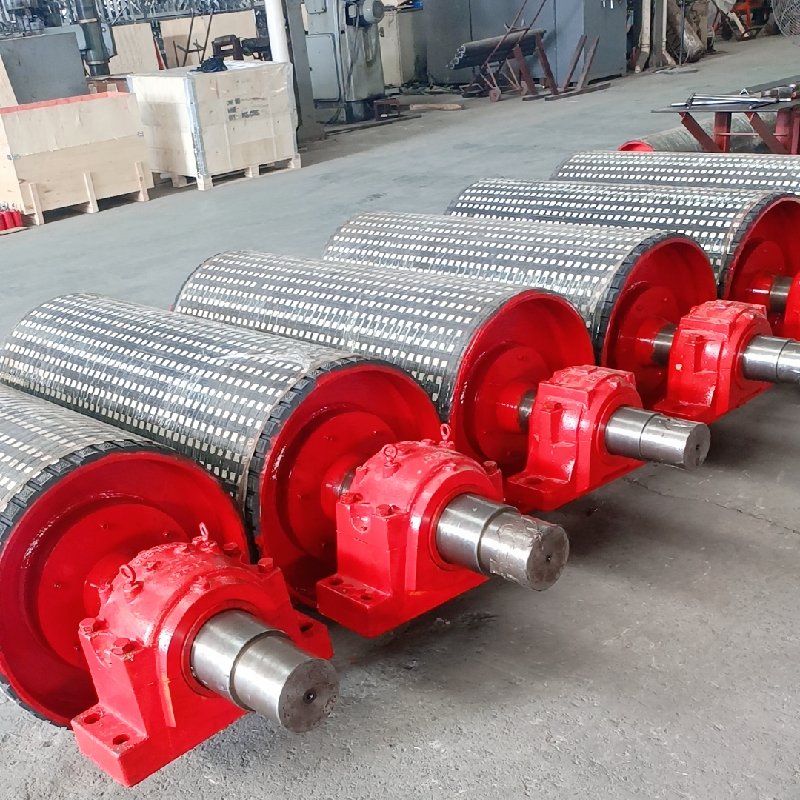 Afrikaans
Afrikaans  Albanian
Albanian  Amharic
Amharic  Arabic
Arabic  Armenian
Armenian  Azerbaijani
Azerbaijani  Basque
Basque  Belarusian
Belarusian  Bengali
Bengali  Bosnian
Bosnian  Bulgarian
Bulgarian  Catalan
Catalan  Cebuano
Cebuano  Corsican
Corsican  Croatian
Croatian  Czech
Czech  Danish
Danish  Dutch
Dutch  English
English  Esperanto
Esperanto  Estonian
Estonian  Finnish
Finnish  French
French  Frisian
Frisian  Galician
Galician  Georgian
Georgian  German
German  Greek
Greek  Gujarati
Gujarati  Haitian Creole
Haitian Creole  hausa
hausa  hawaiian
hawaiian  Hebrew
Hebrew  Hindi
Hindi  Miao
Miao  Hungarian
Hungarian  Icelandic
Icelandic  igbo
igbo  Indonesian
Indonesian  irish
irish  Italian
Italian  Japanese
Japanese  Javanese
Javanese  Kannada
Kannada  kazakh
kazakh  Khmer
Khmer  Rwandese
Rwandese  Korean
Korean  Kurdish
Kurdish  Kyrgyz
Kyrgyz  Lao
Lao  Latin
Latin  Latvian
Latvian  Lithuanian
Lithuanian  Luxembourgish
Luxembourgish  Macedonian
Macedonian  Malgashi
Malgashi  Malay
Malay  Malayalam
Malayalam  Maltese
Maltese  Maori
Maori  Marathi
Marathi  Mongolian
Mongolian  Myanmar
Myanmar  Nepali
Nepali  Norwegian
Norwegian  Norwegian
Norwegian  Occitan
Occitan  Pashto
Pashto  Persian
Persian  Polish
Polish  Portuguese
Portuguese  Punjabi
Punjabi  Romanian
Romanian  Russian
Russian  Samoan
Samoan  Scottish Gaelic
Scottish Gaelic  Serbian
Serbian  Sesotho
Sesotho  Shona
Shona  Sindhi
Sindhi  Sinhala
Sinhala  Slovak
Slovak  Slovenian
Slovenian  Somali
Somali  Spanish
Spanish  Sundanese
Sundanese  Swahili
Swahili  Swedish
Swedish  Tagalog
Tagalog  Tajik
Tajik  Tamil
Tamil  Tatar
Tatar  Telugu
Telugu  Thai
Thai  Turkish
Turkish  Turkmen
Turkmen  Ukrainian
Ukrainian  Urdu
Urdu  Uighur
Uighur  Uzbek
Uzbek  Vietnamese
Vietnamese  Welsh
Welsh  Bantu
Bantu  Yiddish
Yiddish  Yoruba
Yoruba  Zulu
Zulu belt conveyor return roller
Understanding the Importance of Belt Conveyor Return Rollers
Belt conveyors are integral components in many industries, facilitating the efficient movement of materials over varied distances. Among the crucial parts that ensure the smooth operation of these systems are the return rollers. These rollers play a fundamental role in the functioning of a belt conveyor by supporting the return side of the conveyor belt, providing stability, and maintaining belt alignment.
What are Return Rollers?
Return rollers, also known as return idlers, are cylindrical components positioned underneath the return path of the conveyor belt. Their primary function is to support the belt as it returns to the loading area. They prevent the belt from sagging and help maintain the correct tension and alignment. Typically made from solid steel, rubber, or other durable materials, return rollers are designed to withstand heavy loads and harsh operating conditions.
The Functionality of Return Rollers
1. Support and Stability Return rollers provide crucial support to the conveyor belt's return track, ensuring it maintains a level structure as it moves back to the loading zone. This stability prevents the belt from becoming displaced or creating excessive tension, which could lead to premature wear or system failure.
2. Belt Alignment Proper alignment of the conveyor belt is essential for operational efficiency. Misalignment can lead to material spillage, increased wear, or even damage to the conveyor system. Return rollers help maintain the belt's alignment by providing a stabilizing effect as the belt returns.
3. Impact Absorption As the return belt carries potentially abrasive materials back to the loading point, return rollers act as a buffer against impact. This protective feature extends the life of both the rollers and the belt, reducing operational costs associated with repairs and replacements.
Types of Return Rollers
There are several types of return rollers, each designed for specific applications
belt conveyor return roller

- Flat Return Rollers These are the most common type and are used in standard applications where a flat surface is needed for the belt to travel smoothly back to the loading area.
- Rubber-Coated Return Rollers Designed to provide additional traction and noise reduction, these rollers are lined with rubber and are often used in environments where material slippage may occur.
- Self-Aligning Rollers This type of roller includes features that automatically adjust to keep the conveyor belt centered
. They are particularly beneficial in applications with heavy loads or where the belt frequently misaligns.Maintenance of Return Rollers
Regular maintenance of return rollers is crucial to ensure the longevity and efficiency of a conveyor system. Common maintenance practices include
- Regular Inspections Frequent checks can help identify wear and tear before problems arise. Look for signs of damage, rust, or misalignment.
- Cleaning Keeping return rollers clean from debris and buildup is essential, as accumulated materials can cause excessive wear or misalignment.
- Lubrication Proper lubrication of the roller bearings helps reduce friction and prevents premature failure.
Conclusion
Return rollers are essential components of belt conveyor systems, significantly contributing to their overall functionality and efficiency. Understanding their role, types, and maintenance needs is crucial for anyone involved in the operation or management of conveying systems. By ensuring your return rollers are well-maintained and functioning correctly, you can enhance the overall performance and lifespan of your conveyor system, ultimately leading to increased productivity and reduced operational costs.
-
Revolutionizing Conveyor Reliability with Advanced Rubber Lagging PulleysNewsJul.22,2025
-
Powering Precision and Durability with Expert Manufacturers of Conveyor ComponentsNewsJul.22,2025
-
Optimizing Conveyor Systems with Advanced Conveyor AccessoriesNewsJul.22,2025
-
Maximize Conveyor Efficiency with Quality Conveyor Idler PulleysNewsJul.22,2025
-
Future-Proof Your Conveyor System with High-Performance Polyurethane RollerNewsJul.22,2025
-
Driving Efficiency Forward with Quality Idlers and RollersNewsJul.22,2025





























